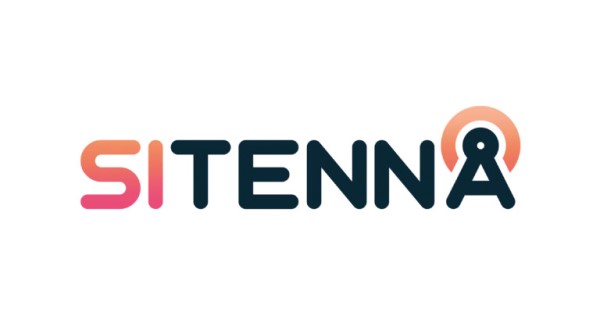Sitenna, the market leader in digital infrastructure software solutions, and Hemphill, LLC., a leading tower developer in the U.S., announced today a multi-year agreement to transform the way tower assets are marketed and monetized. Hemphill, known for delivering challenging tower projects in testing terrain, will leverage Sitenna’s state-of-the-art collocation platform to maximize tower tenancy and streamline operations.
The partnership was made official during today’s Competitive Carriers Association (CCA) Annual Convention in Atlanta. The two companies first connected at last year’s convention in Portland.
“As a trusted partner in the United States, known for developing difficult and complex tower site projects, we were seeking a solution that can match our need for excellence and efficiency,” said Scott Hemphill, CTO of Hemphill, “Sitenna’s collocation platform is precisely what we needed. This partnership will enable us to be more customer-centric, giving us a competitive edge in a market that is hungry for digital infrastructure.”
Sitenna’s platform will provide Hemphill with advanced tools for asset portfolio optimisation, particularly focusing on boosting conversions and revenues. Hemphill’s impressive list of clients includes carriers, utilities, oil & gas companies, WISPs and first responders — all of whom will benefit from the enhanced services and capabilities that this partnership brings.
“Our mission has always been to accelerate the adoption of revolutionary technologies such as EVs, AI, green energy, and autonomous systems. By leveraging our software, digital infrastructure providers can deliver the robust infrastructure needed at scale,” said Daniel Campion, President & CEO of Sitenna. “Partnering with Hemphill amplifies our reach and strengthens our capacity to deliver on that mission. Together, we will help Hemphill and their clients successfully navigate and thrive in the world of tomorrow.”
As global markets pivot towards emerging technologies, the need for robust and efficient digital infrastructure is critical. This partnership will ensure that Hemphill’s extensive portfolio of assets across the U.S. is brought to market more effectively, meeting the demands of modern technology and society at large.
“Sitenna can offer us a single source of truth,” added Scott Hemphill, CTO of Hemphill. “As new technologies evolve and our customer base diversifies, having that unified platform will be essential for making informed decisions. This is not just about portfolio management; it’s about paving the way for real customer success in an increasingly digital world.”
The two companies are members of Competitive Carriers Association and met for the first time at the 2022 CCA Annual Convention in 2022.
Tim Donovan, President & CEO of Competitive Carriers Association welcomed the partnership, saying, “It is always exciting to see CCA members come together in such a meaningful way – this is precisely the type of mutual growth we aim to foster. This collaboration between Sitenna and Hemphill not only strengthens each company but also can adds tremendous value to CCA and the broader wireless ecosystem. We look forward to seeing the innovation that comes out of this partnership.”

























